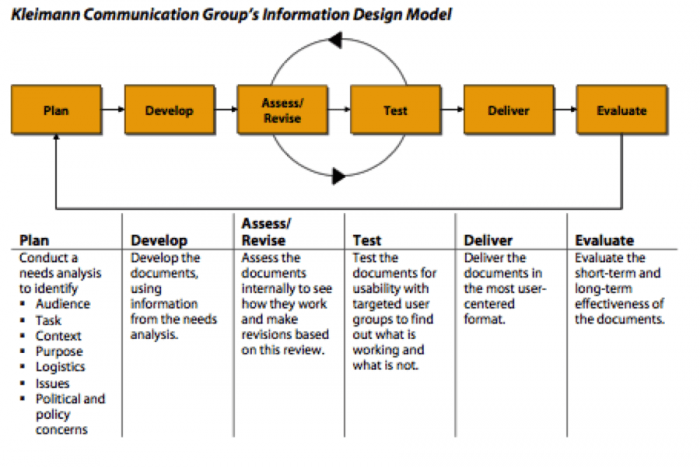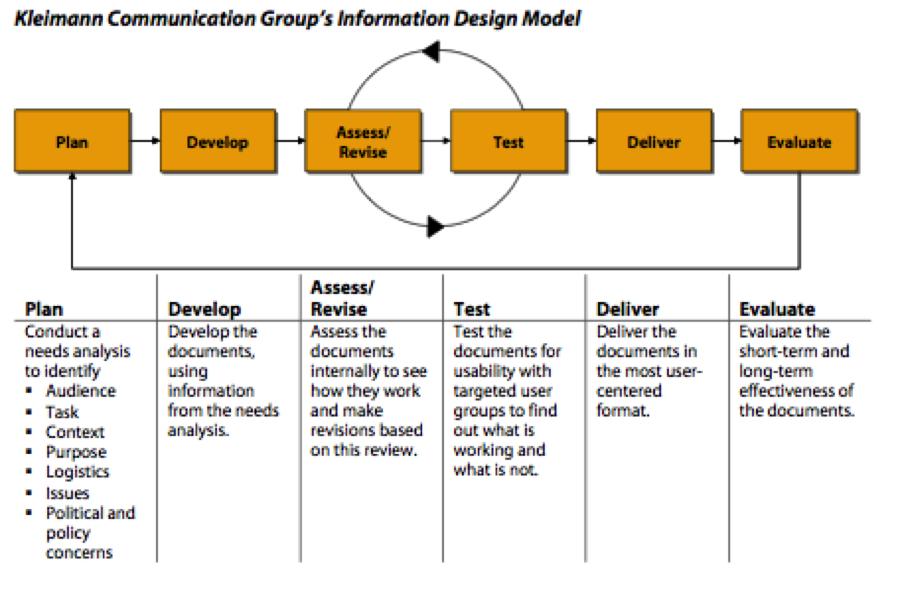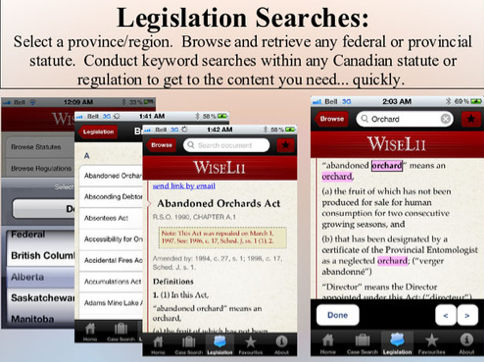I’ve been scouring around for guidelines that will keep lawyers and companies on track when composing & displaying Privacy Notices. It’s obvious — we need a clearer conception of what it means to ‘clearly & conspicuously’ give consumers notice of their rights. People should be able to understand what will happen if they engage with a product or service — whether online or off.
I’ve collected together some useful writings and guides on what could be done to make privacy notice more effective.

Aleecia M. McDonald, a former Carnegie Mellon University PhD made a presentation on “Visualizing Privacy,” summarizing her findings and research on the effectiveness of privacy designs.
She called out 6 Fundamental Rules for Privacy Policies:
- Keep it simple
- Good design matters
- Design to avoid bias
- Whole-to-part design is critical — “Without context, they understood virtually nothing”
- Standardization is effective
- Disclosure table is critical
But if these are a little to high level, then let’s go point by point. McDonald points to four elements of a notice design that should be composed carefully:
- Title
- Framing
- Disclosure Information
- Opt-Out Options
Each of these four has its own little checklist of what to avoid and what to do. Here we go!
The rules guiding the designs of Titles:
- Attract consumers’ attention so that they will read the notice
- Avoid inflammatory language
- Helps consumers understand that the information is from you
- State clearly — this is about sharing of your data
- State clearly — their personal information is currently being collected and used by the company
- Explicitly mention consumer rights
The rules about Framing:
- Give the user the context of why you are telling them about this information collection
- Tell them why it may be important to them
- Tell them why you are collecting and using information
- This framing will provide them with context and support their understanding of your data practices
- Provide a KEY FRAME, that details the essential points on your data scheme
- Provide a SECONDARY FRAME, with nice-to-have info like FAQs, details, and mandates
The rules about the Information Disclosures
- Identify what the Goal of the Disclosure is
- Present these goals in a numbered list to the consumer
- Detail exactly when you will or may share their information
- Detail exactly what you will disclose
- List what customers can opt out of
- Present a direct comparison of how your disclosures compare to other similar companies
The rules about Opt-Out Option:
- If you can, put it on a separate page to make it easy to mail in
- Give clear path of action to opt-out, ideally with link or means of action
- Should be designed to help consumers understand how to opt-out
- Must be structured by type of sharing consumers can opt-out of



